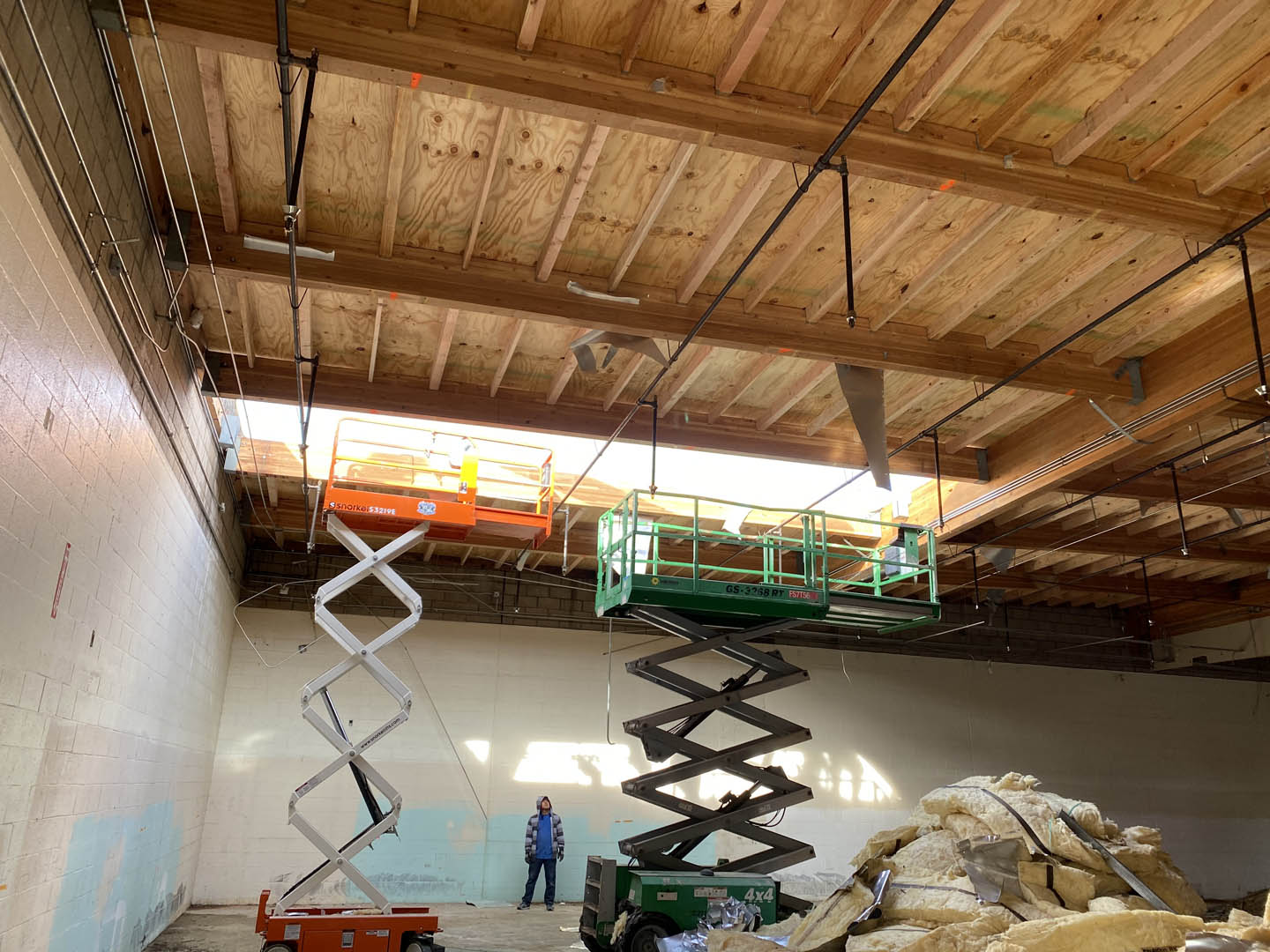Glulam is a very robust and long-lasting material for commercial and private construction, from joinery tasks to supplying structural frameworks within buildings, and is structurally built to compete with materials such as concrete and steel.
In some situations, such as corrosive coastal or aquatic environments and when exposed to fire, glulam outperforms steel. Like any other material, age, and climate will cause some degree of degradation over time, but there are repair and maintenance solutions that can help you avoid having to replace it.
In this blog, you will find some of the most useful information on repair glulam beams and their various aspects.
What Damage Indicators Should I Watch Out For?
Water damage is terrible news for wood, which is why glulam serves as an engineered wood product.
- You may see telltale traces of moisture upon the surface of the timber if there has been a long-term leak on your glulam beams.
- This often manifests as a deterioration of any covering on the glulam, areas of black mold, and a weakening of the timber's surface.
- If the dull edge of a knife or screwdriver can be readily driven into the wood, your glulam has weak points that need to be fixed.
- Identifying the cause of the extra moisture will help you stop it from happening again.
The damage that longitudinal fractures along a segment of the beam, which is occasionally brought on by a decline in moisture content (the process of drying out) after production, can sometimes be tolerated by glulam. However, you should visit an expert if you see fractures that connect throughout the whole length of the beam or fractures in the side of the beams that are wider than one-third of the beam's diameter.
How Much Time Typically Does Glulam Last?
Without maintenance, glulam can persist for considerably longer than 50 years. It will continue to be structurally sound until it has been exposed to severe wetness (as if it was left out in the rain with no protection) or it was improperly specified.
By far, water damage is the most frequent cause of glulam deterioration.
Is It Possible To Repair Glulam Beams?
It might not be essential to replace the entire structure if a crucial structural component is damaged. With our knowledge, it is frequently feasible to intervene with little disruption and at a significantly lesser cost than completely reconstructing the structure.
Glulam beam repairs that have seen constant wetting as well as drying, or beams having cracks across the length of them, may have degraded to the point where they need to be entirely replaced.
How Much Does Glulam Beam Repair Cost?
Repairing a glulam beam can be far less expensive than having a significant portion of a complicated structure replaced.
Unless gluing is essential, if overnight drying times will be required, the process typically takes only a half-day. The distance to the site, connectivity, and the intricacy of the repair are all factors that will affect the cost of the repair.
Hence, essential old pieces may be reused or recycled again if glulam has been properly conserved (often by keeping it indoors and away from moisture). Laminated wood may also be produced from solid wood in good condition.
